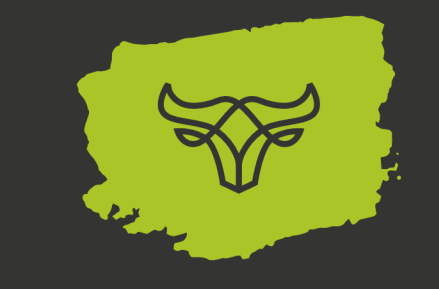Learn about Inflation and Investments
Inflation is the gradual erosion of the “Value of the money” often felt by the rise of prices on things we consume. What this means is Rs1000 will buy fewer things next year.
Let us assume a farmer lends 10 hens to another farmer for a year. Each hen costs Rs1000. The condition is that the borrower has to return the 10 hens + give the money to buy 1 additional hen. The borrower has to give the original 10 hens back and also pay Rs1000 to the lender.
After a year, if the cost of the hen goes to Rs1100, the lender will not be able to buy a new hen even though the borrower pays Rs1000 as interest. This variance is called inflation.
In India, the inflation band is 4 to 6%. If you hold savings as cash, that means you are losing out 4–6% value per year. This puts us into a dilemma — whether to spend more today or find investment opportunities higher than 6% interest.
Inflation affects the cost of borrowing also. Suppose you took a personal loan with a 10% interest rate. Inflation means you are paying 14 to 16% as actuals.
Inflation is the hidden tax that all of us pay. Economists believe that a developing country will have higher inflation due to its fiscal policies. Inflation affects the poor and the rich in opposite ways. The Poor are pushed further into poverty as their income will not rise as fast as the inflation slab.
Whereas Rich gets a higher yield from his assets. eg: They can ask the tenant to pay a higher rental income.
